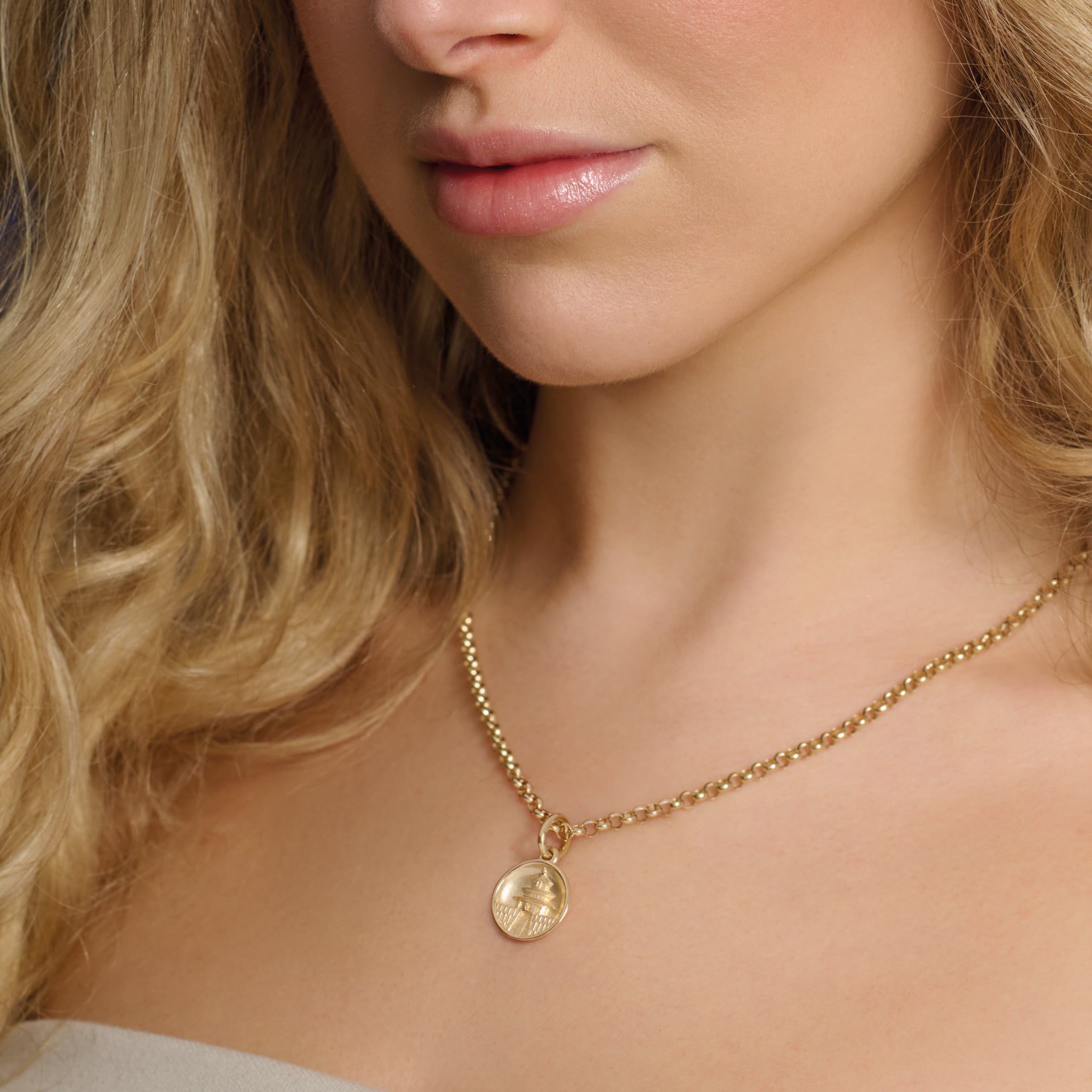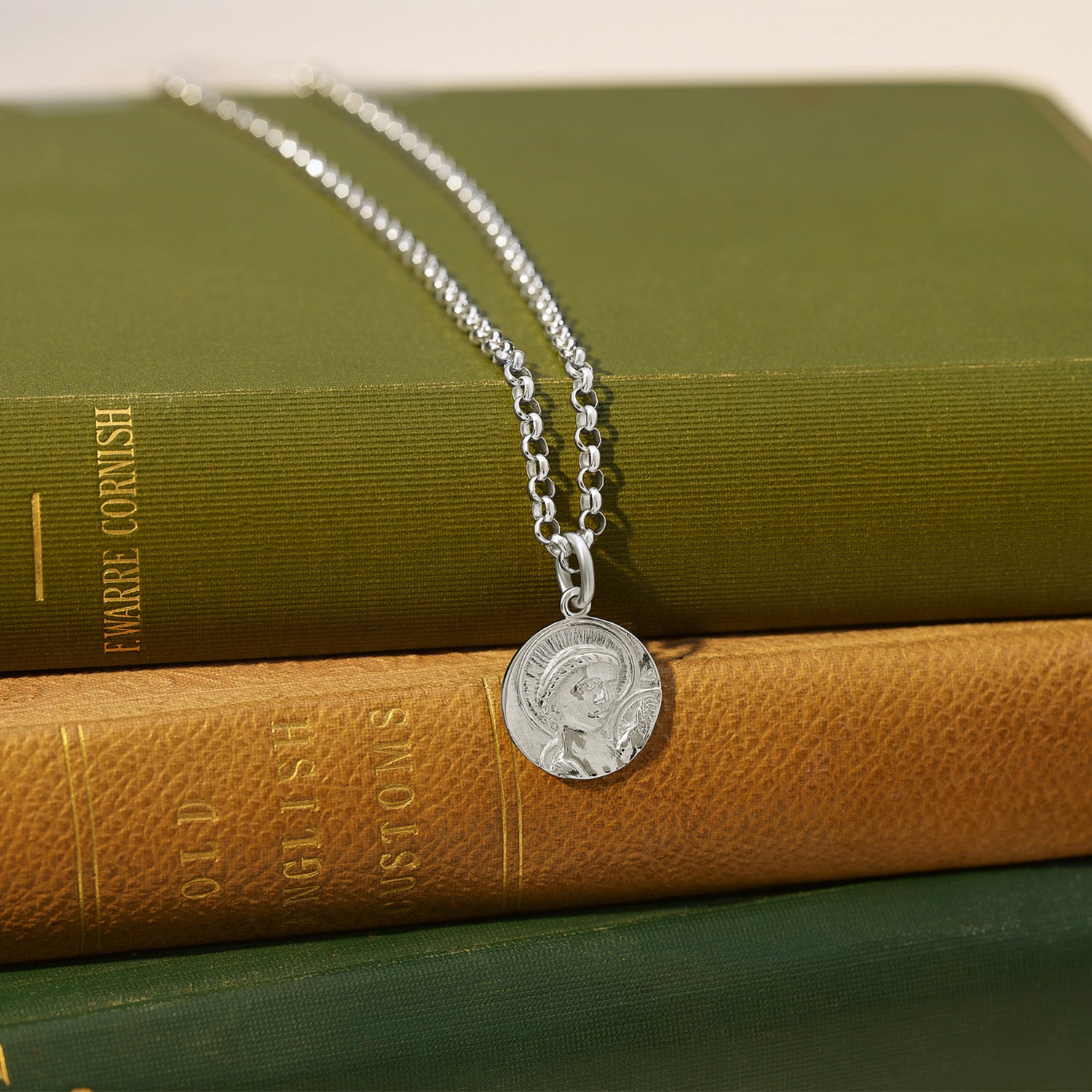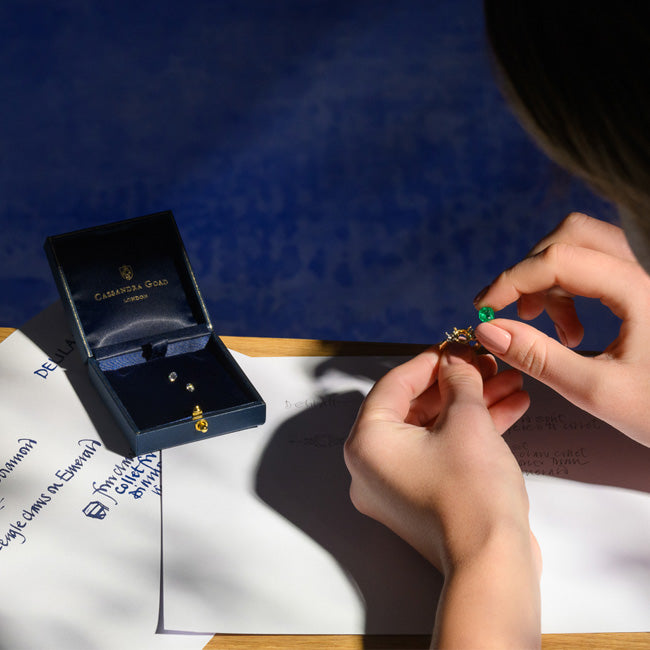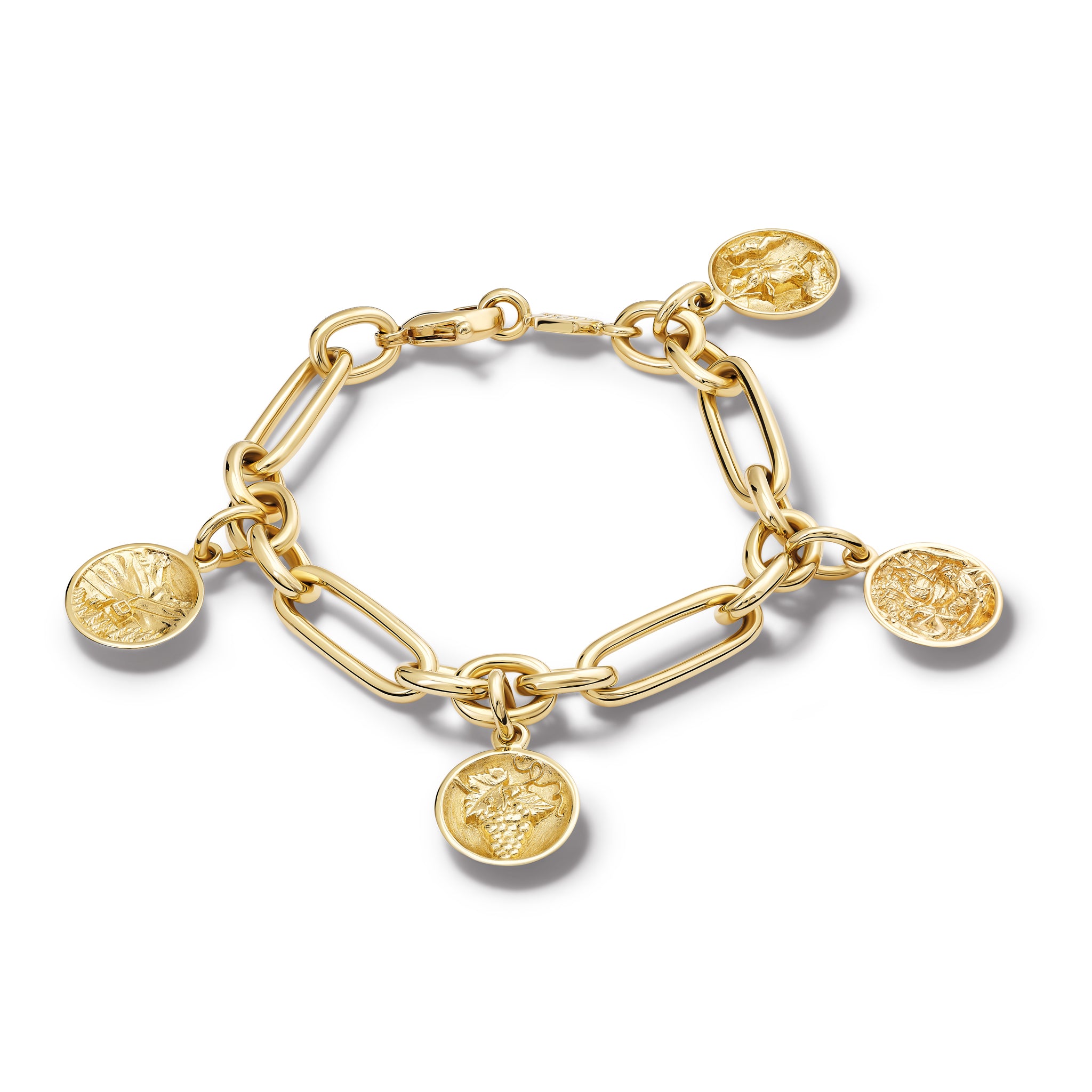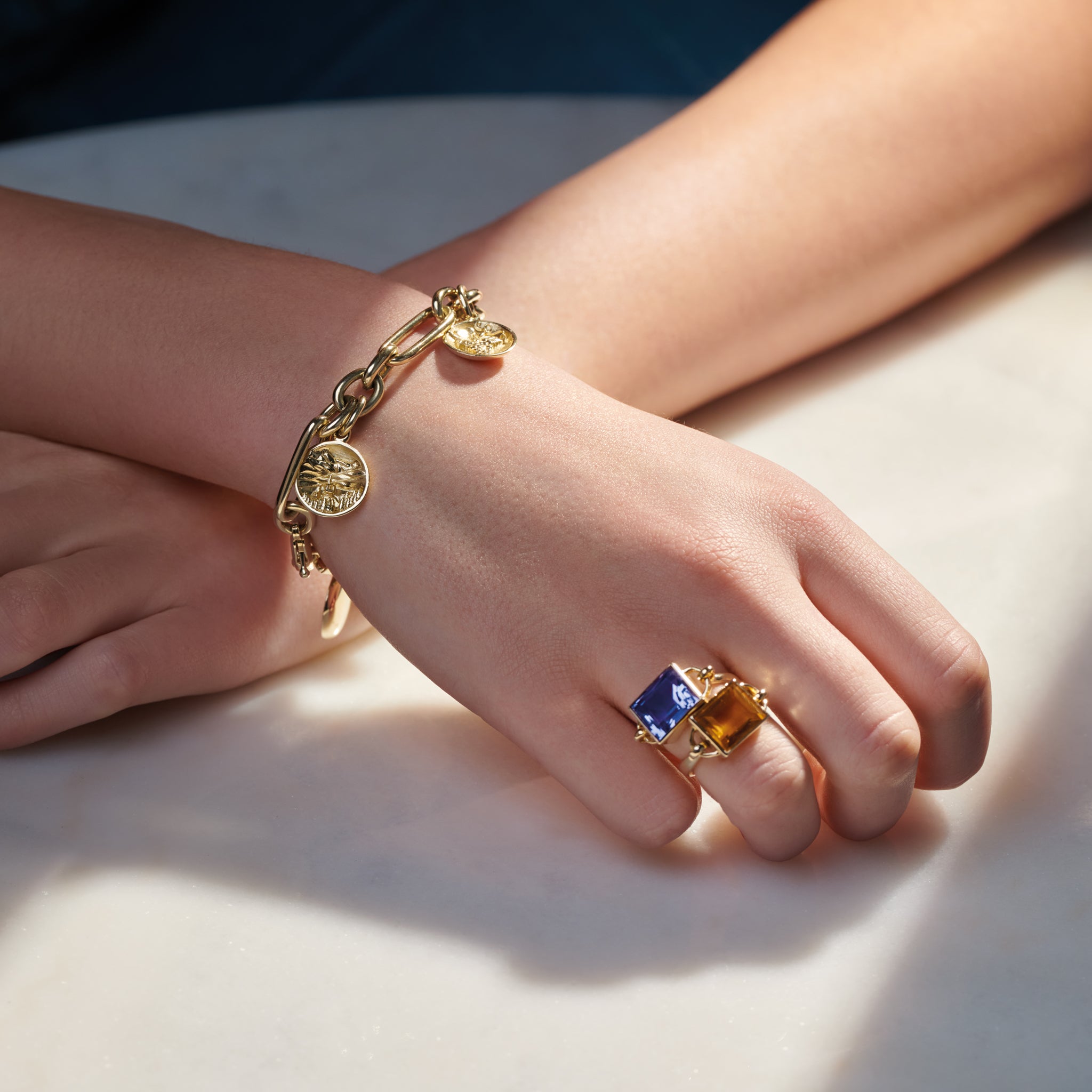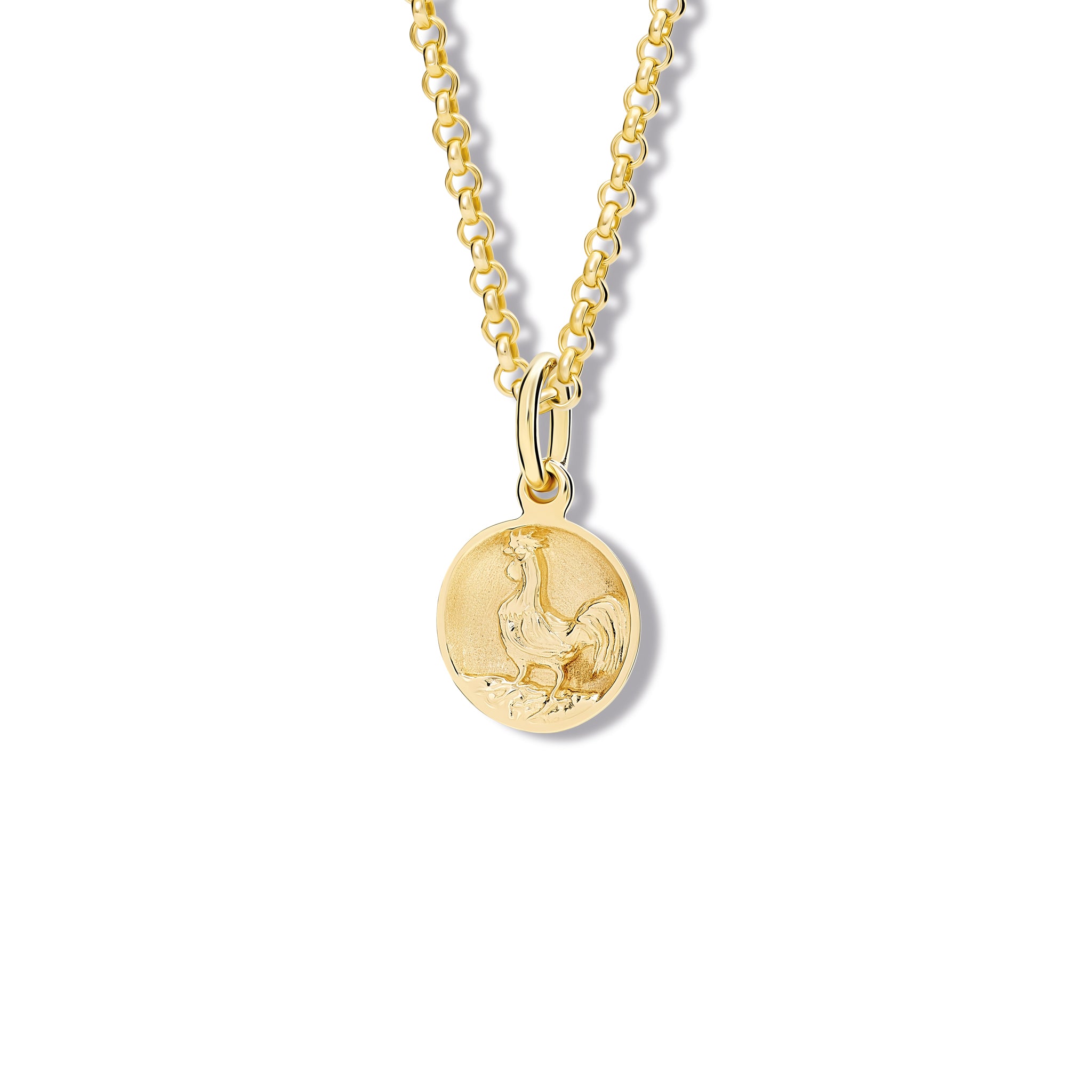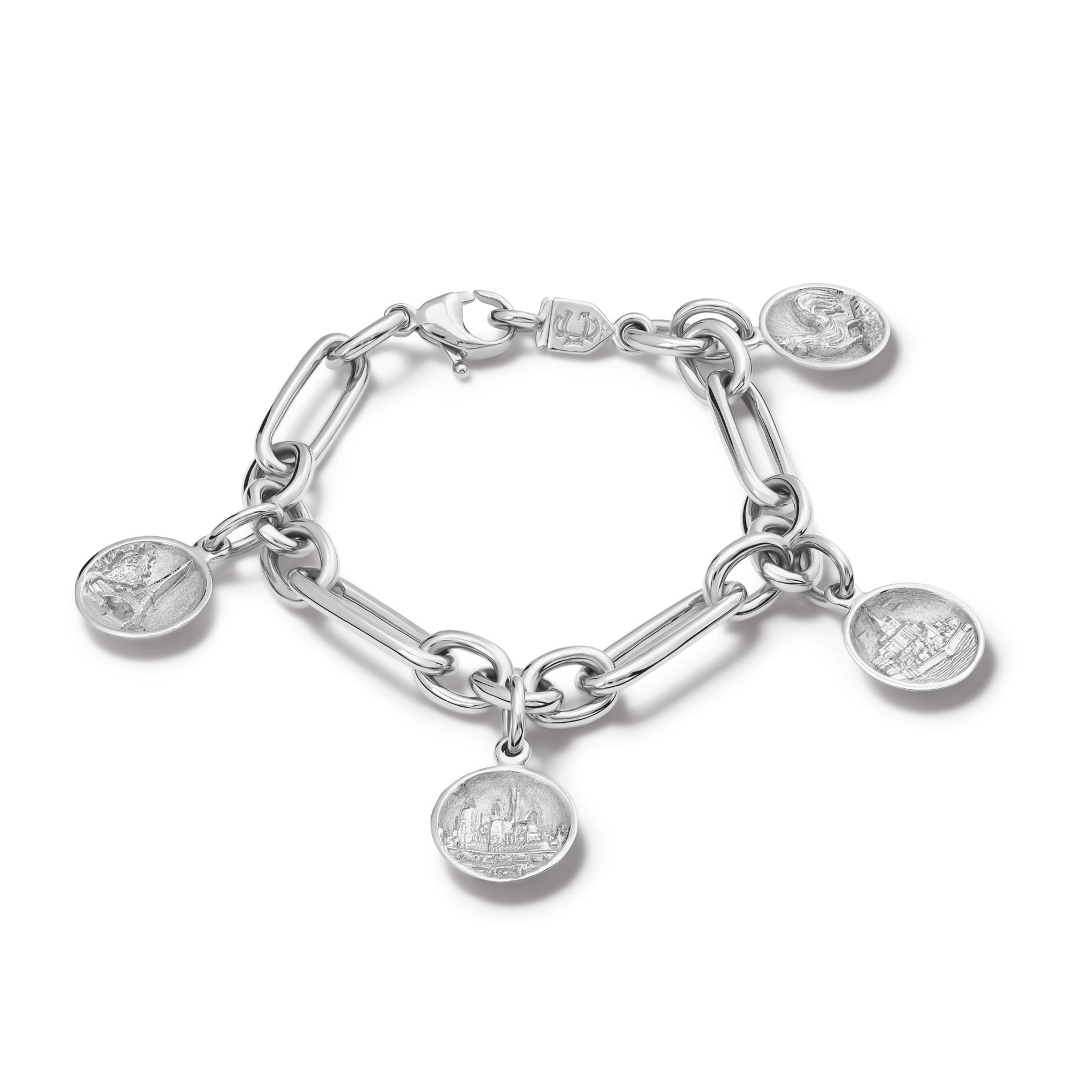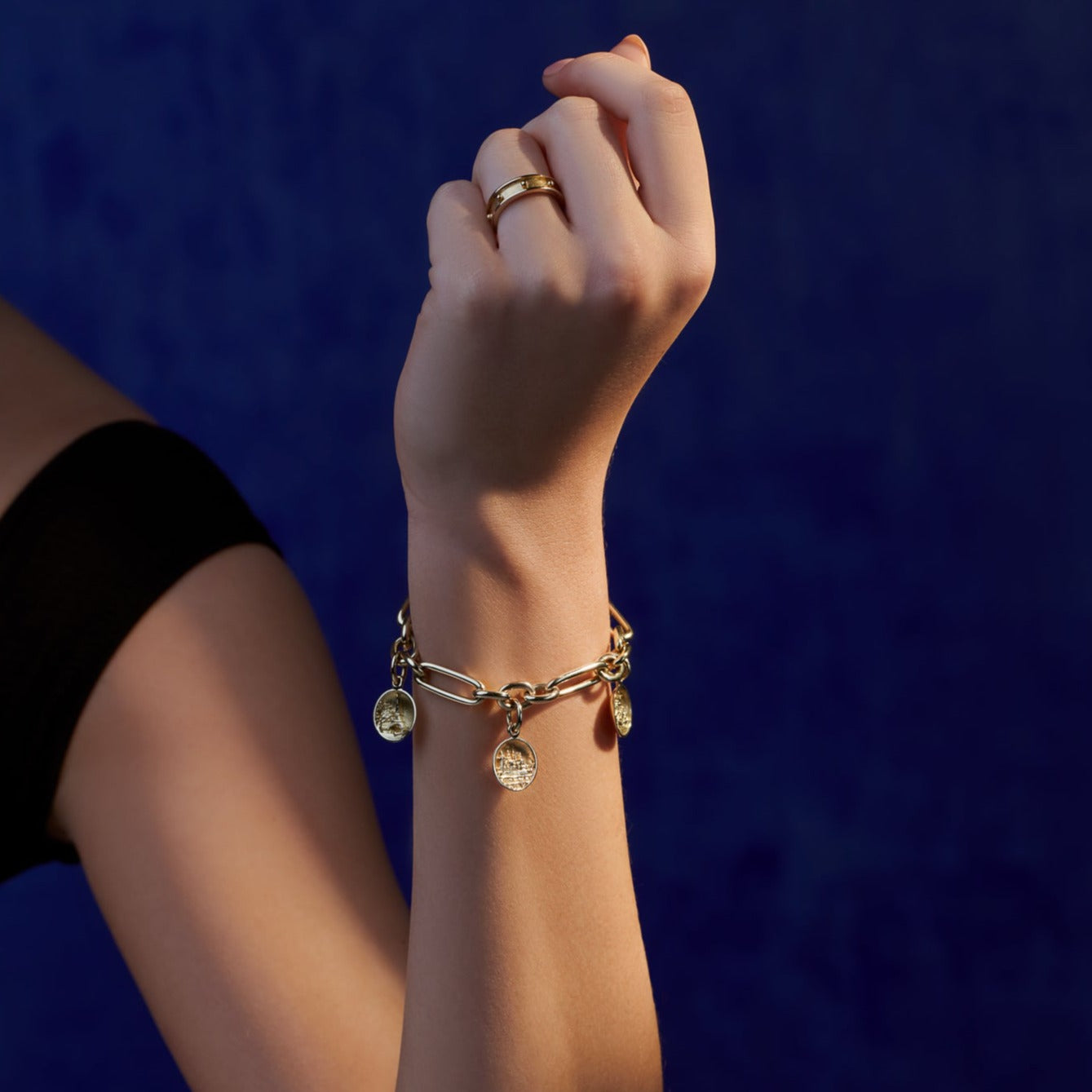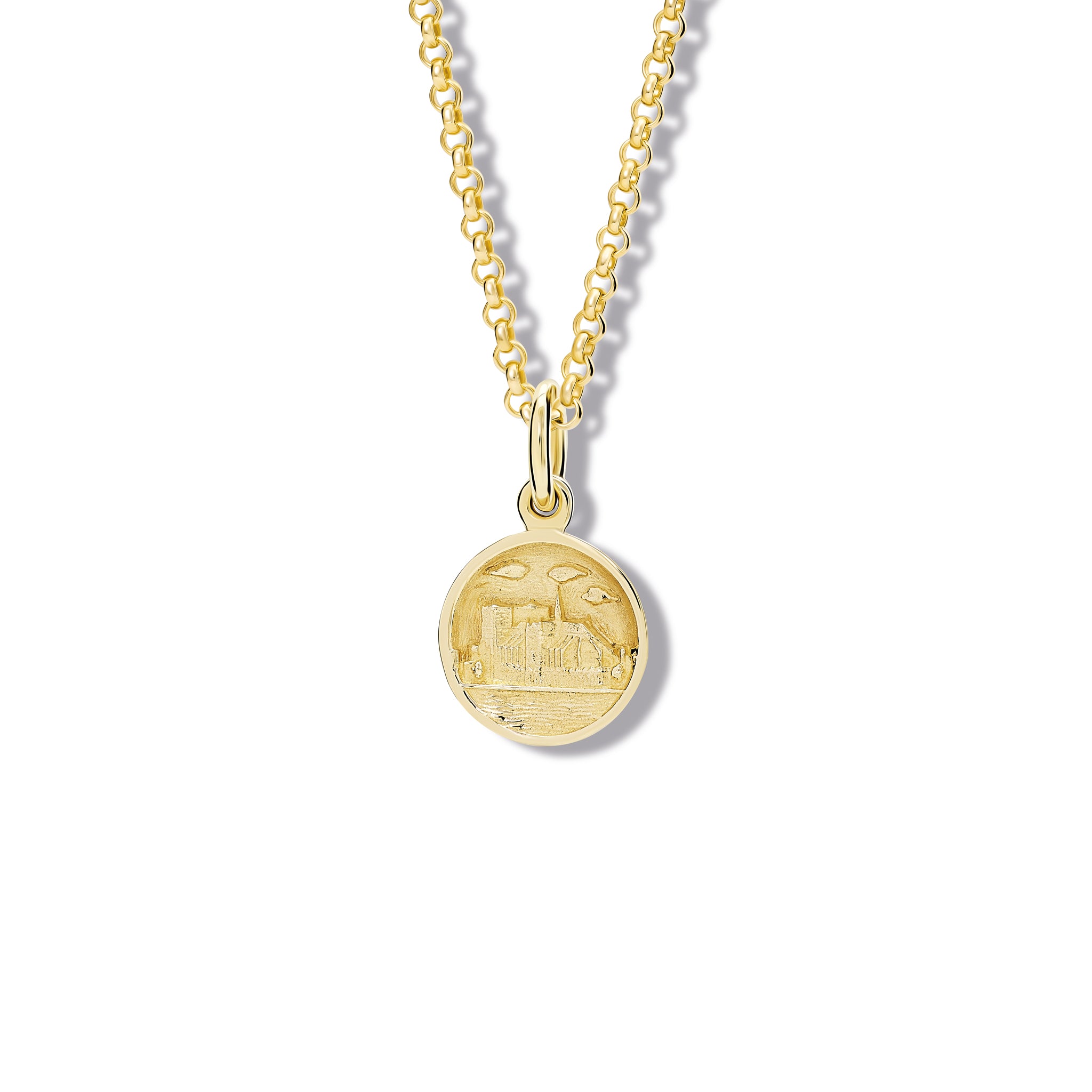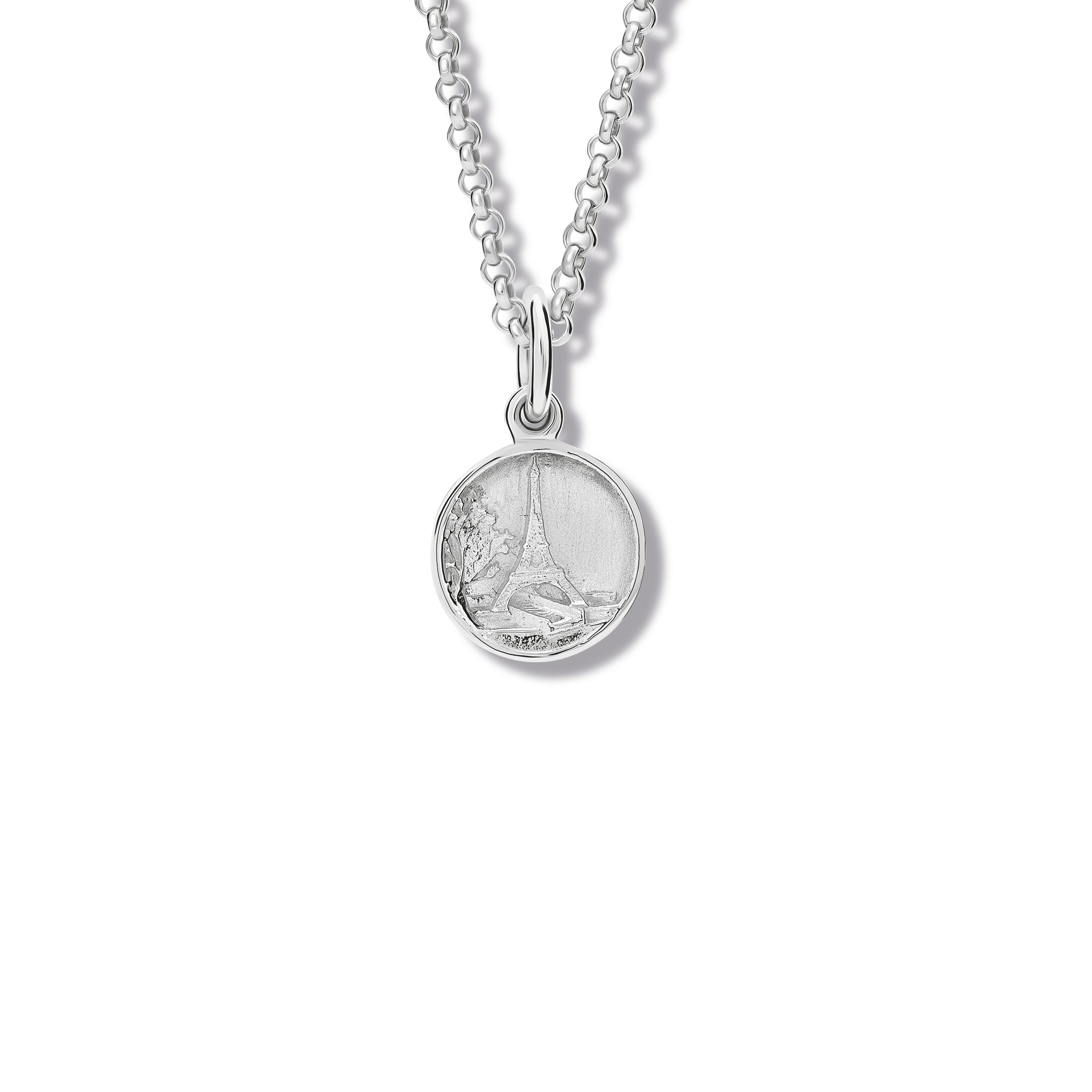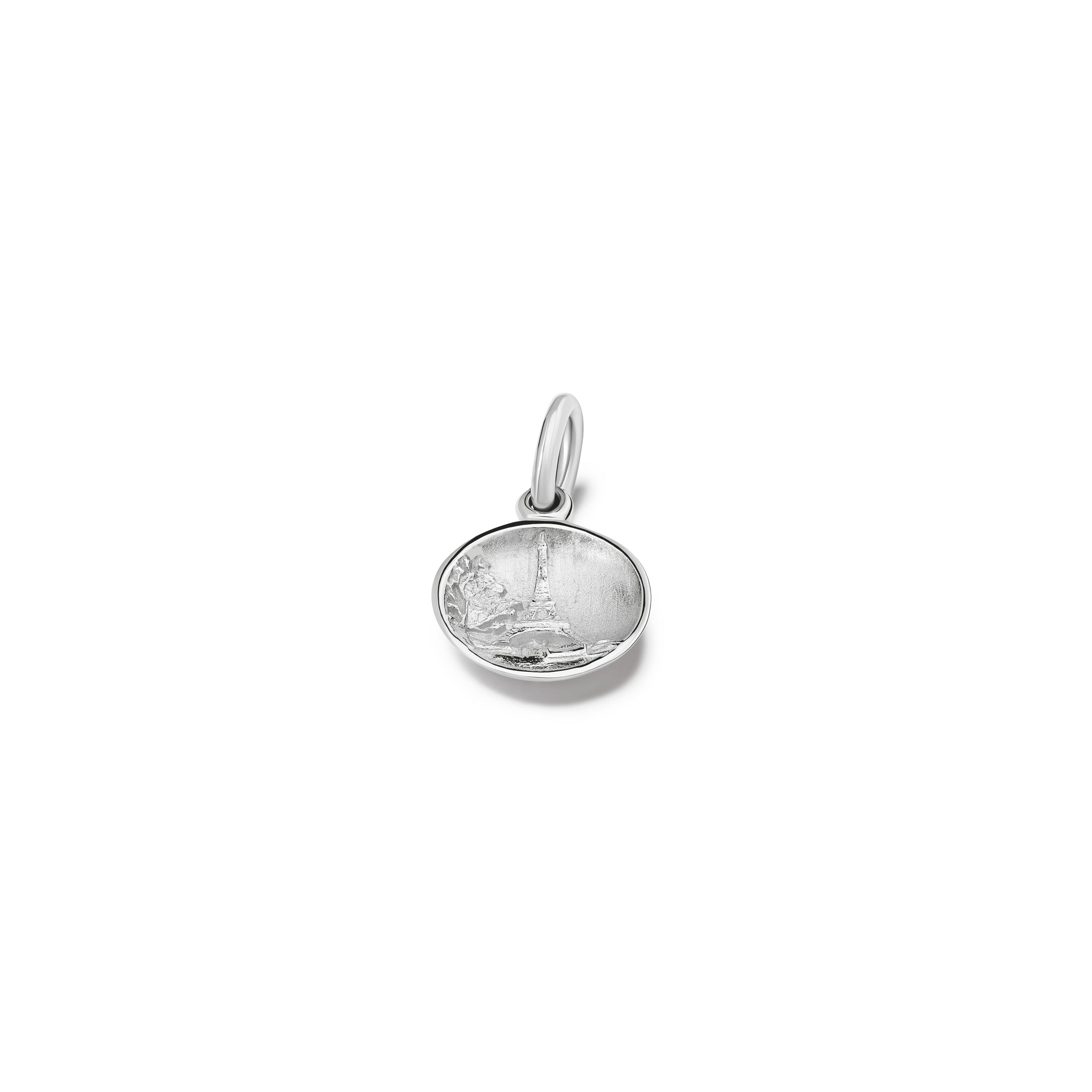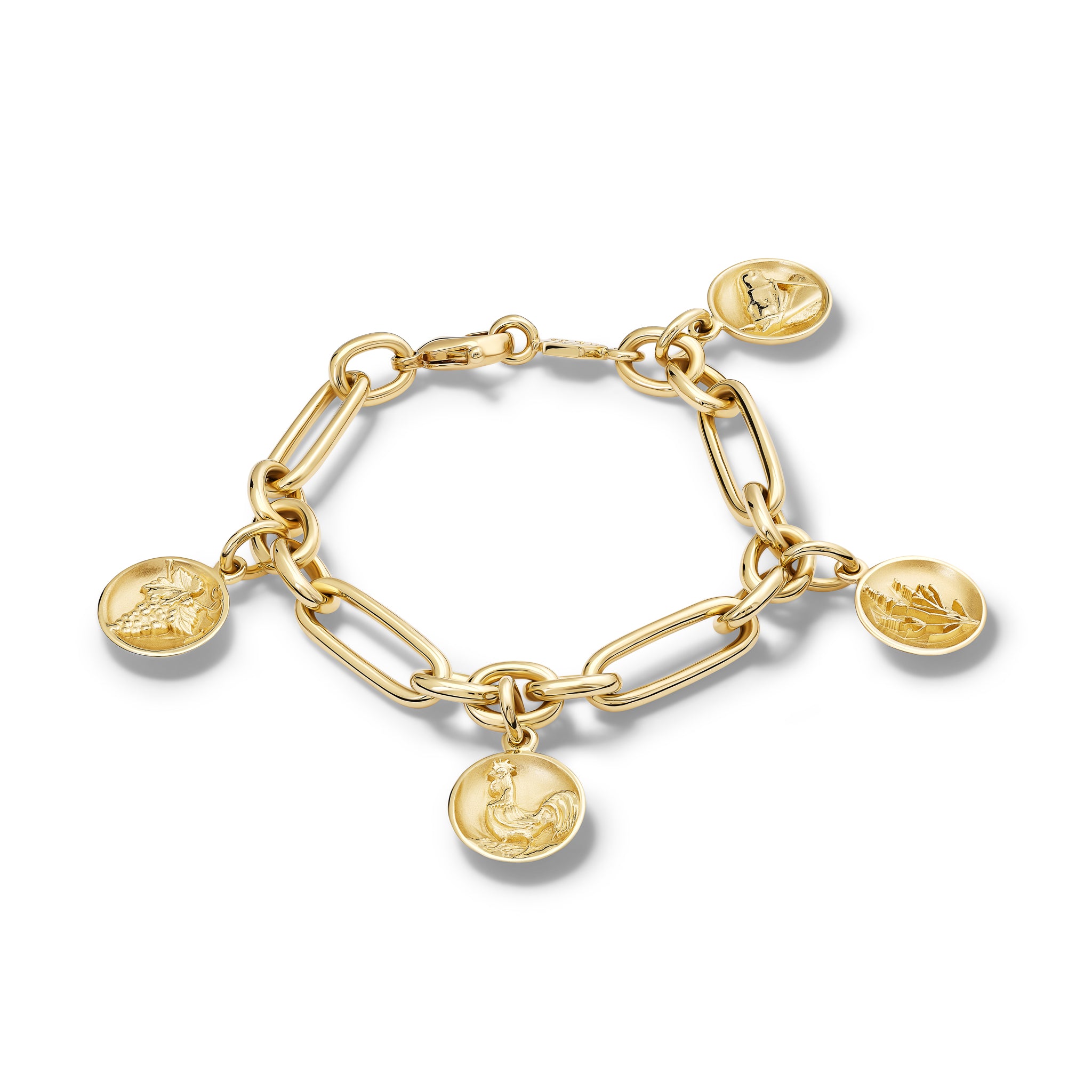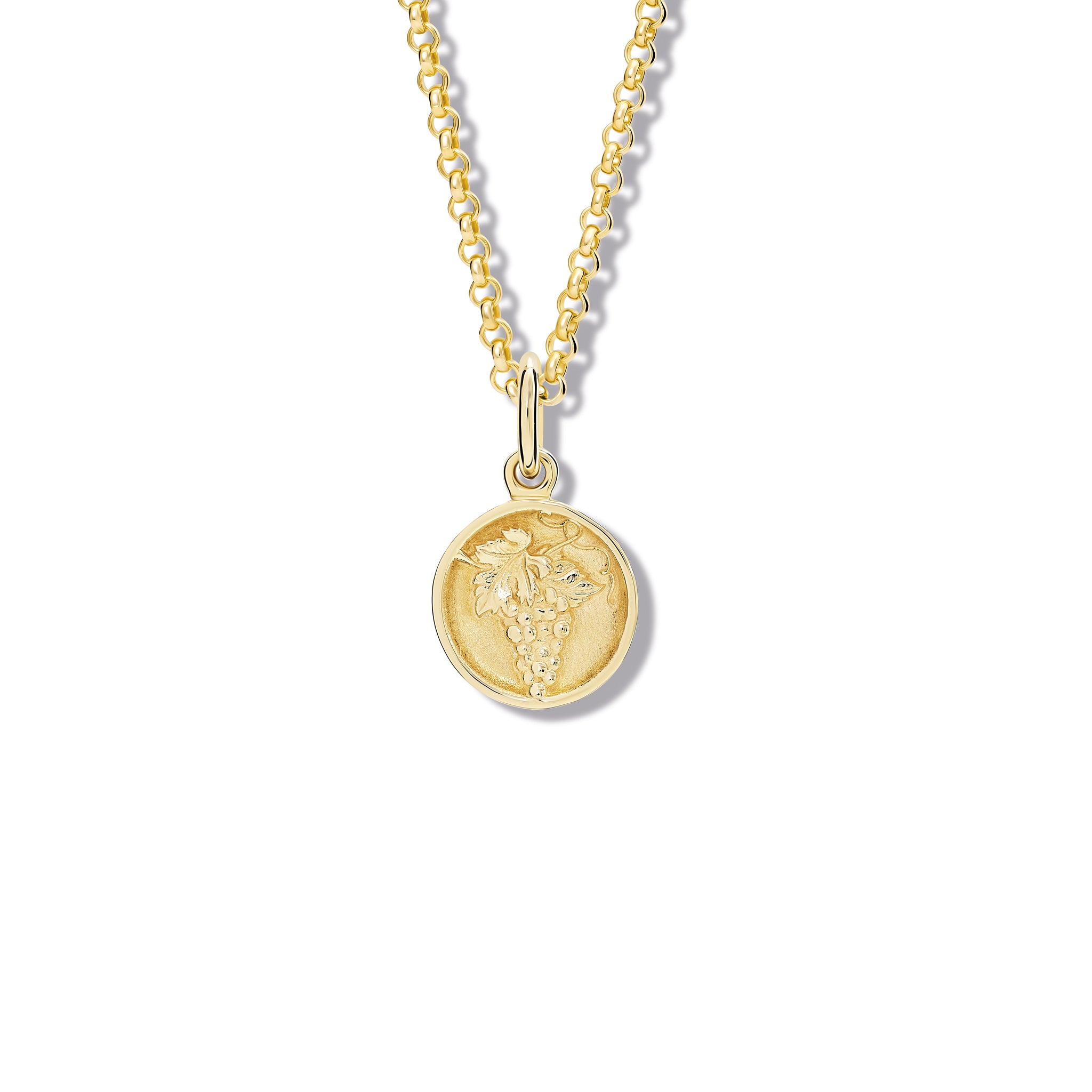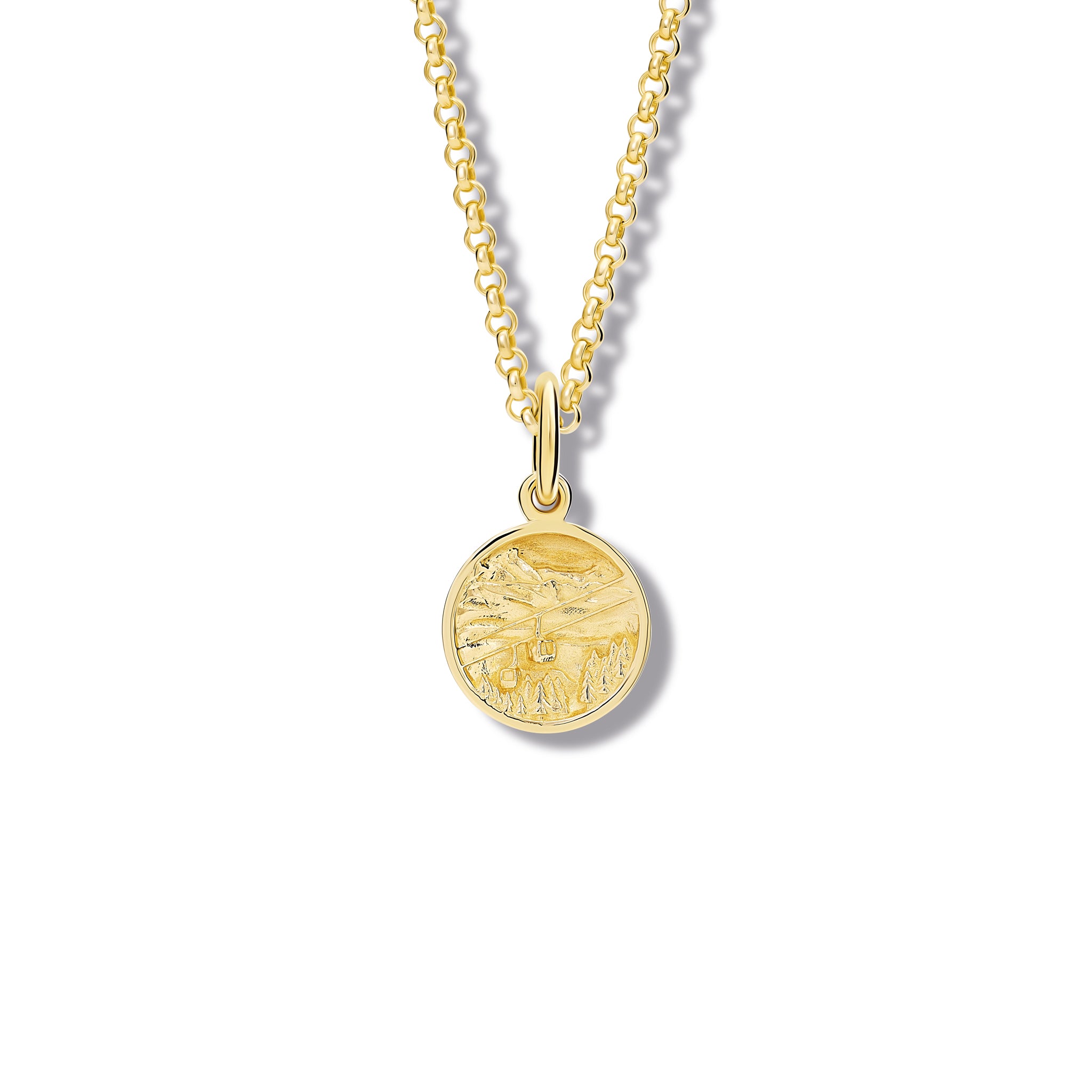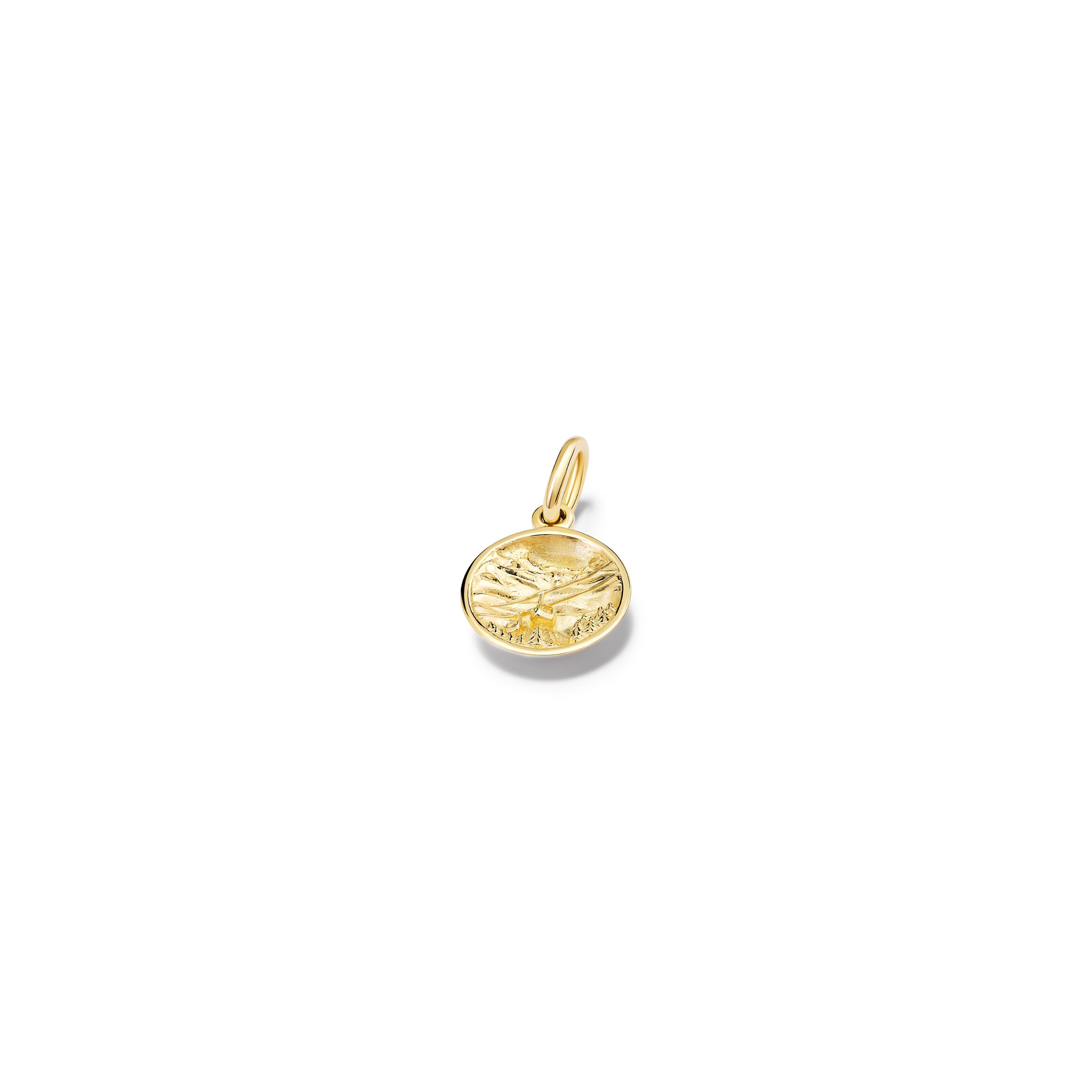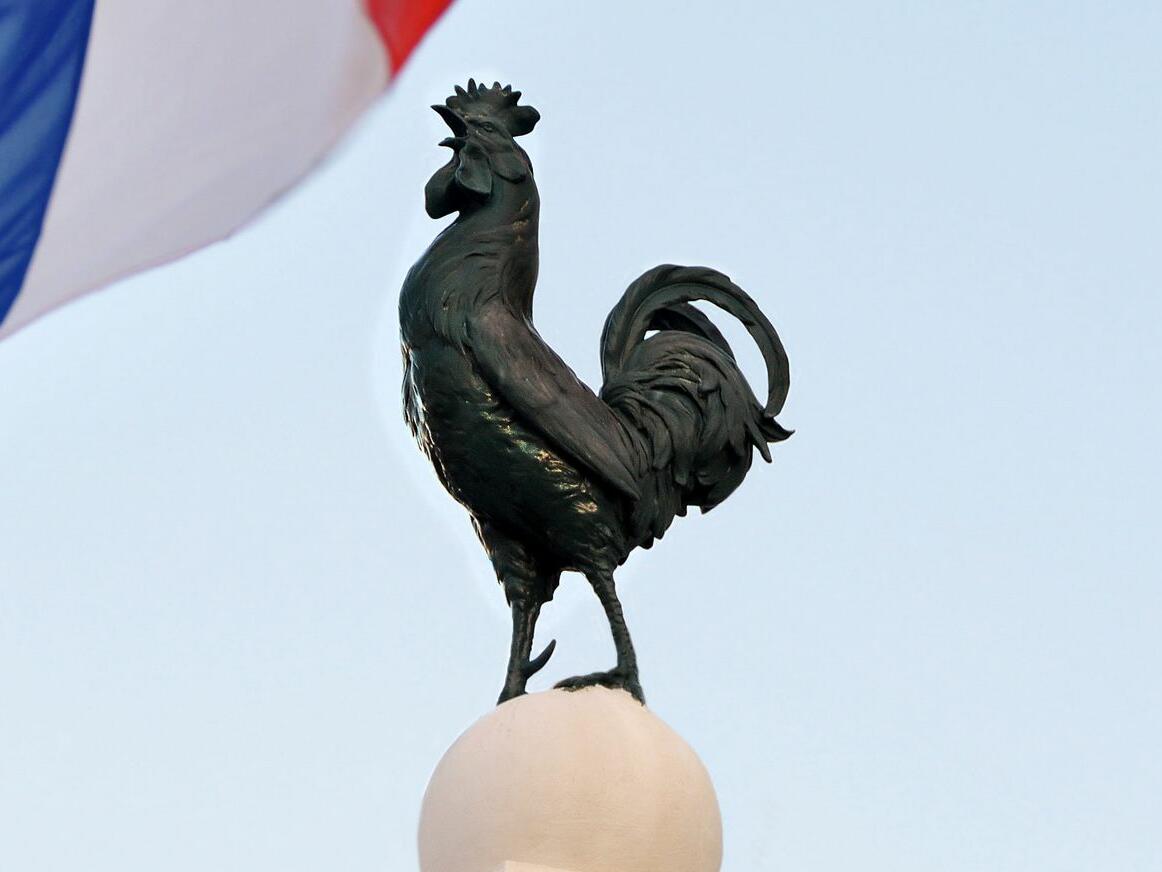
The Rooster - Emblem of France's Spirit
Perched atop church spires, adorning national symbols, and gracing sports jerseys, the rooster, or "le coq," stands as an enduring emblem of France's spirit. Its significance spans centuries of history, culture, and tradition, deeply rooted in the nation's identity. In this exploration, we delve into the multifaceted history and symbolism of the rooster, tracing its evolution as a quintessential symbol of France's narrative and identity.
The association between the rooster and France originated from a play on words: the Latin word "gallus" means both "Gallic" and "rooster." This is why its silhouette appears on Gaulish coins from antiquity. After a period of obscurity during the Middle Ages, the symbol of the French rooster re-emerged in Germany in the 14th century. By the Renaissance, the animal found its way into representations of the French king. Its popularity surged during the French Revolution, to the extent that it appeared on the seal of the Directory, and a commission of State counselors proposed adopting it as the national symbol to Napoleon Bonaparte.
"The rooster lacks strength; it cannot be the image of an empire such as France."
The Emperor
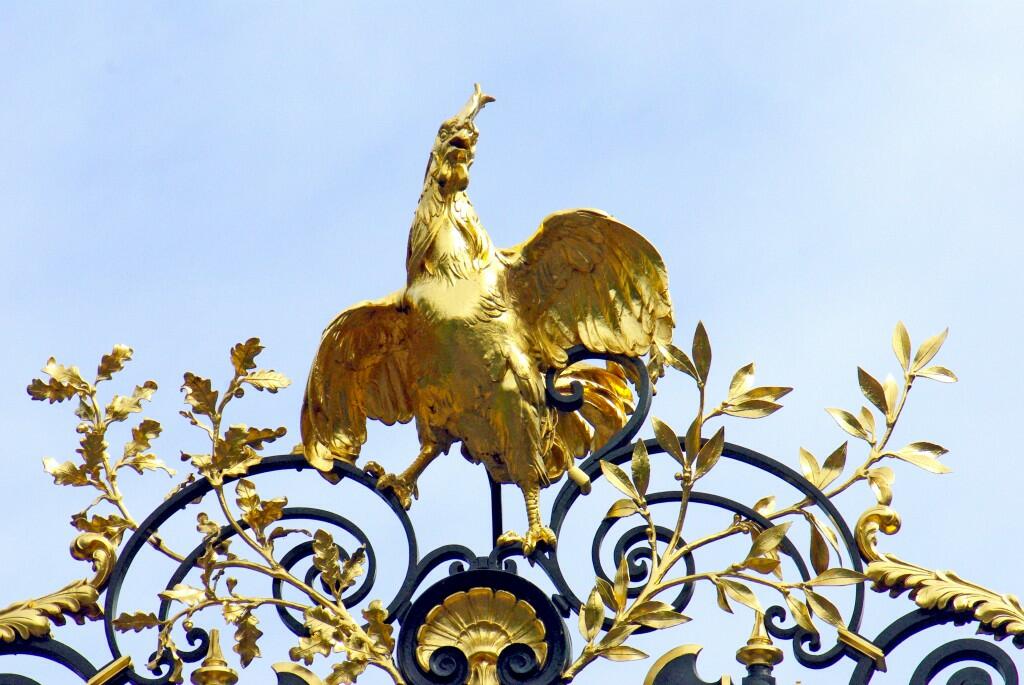
The rooster regained its political prestige on July 30, 1830, when an ordinance mandated its presence on the buttons of the national guard's uniforms and atop their flags. The Second Republic featured it on its seal, engraved on the tiller held by the seated liberty. Despite being disregarded by Napoleon III, it experienced its heyday under the Third Republic, which adorned its seal and gold coins, and erected it, with its wings spread, proud crest, and warlike spur, atop the gate of the Élysée Palace park. While contemporary politics may favor Marianne, the rooster remains France's emblem in the eyes of the world, especially during sporting events.
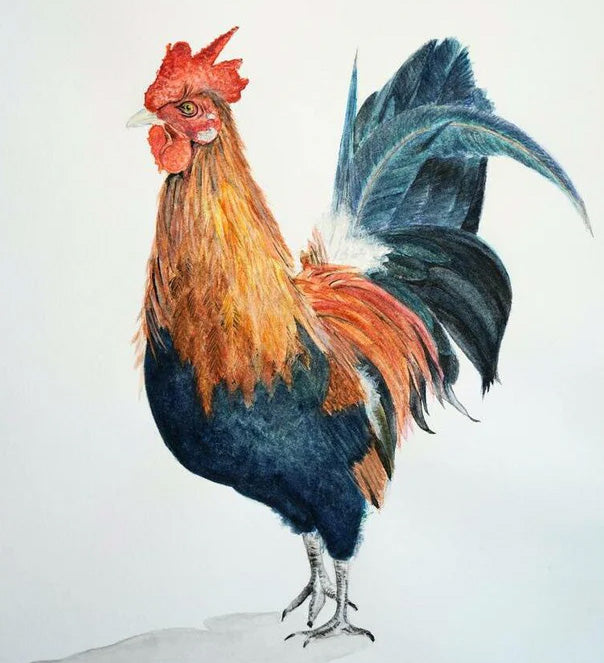
In French culture, the emblem of le coq holds a prominent and multifaceted role. In religious contexts, le coq's presence atop church steeples serves as a symbol of vigilance and guardianship, and echoes biblical narratives of repentance and resurrection. Beyond religion, Le Coq has become deeply ingrained in French sports culture, adorning jerseys and team logos across various athletic disciplines. Its depiction on national sports attire embodies the spirit of French athletic prowess and national pride, serving as a rallying symbol for athletes and fans alike.
The coronation ceremony was a complex and symbolic ritual. The king, adorned in his most magnificent attire, was led to the cathedral altar where he received the holy anointing, symbolizing divine grace and the legitimacy of his rule. The Archbishop of Reims, as the representative of the Church, conferred this blessing, thus consecrating the king as the sovereign chosen by God to govern France. The coronation ceremony was accompanied by a particularly symbolic element: the Holy "Ampoule", which was said to have been brought by an angel for the anointing of Clovis in 496. This vial containing holy oil was considered a divine sign of the king's legitimacy, and its use during subsequent coronations reinforced the connection between monarchs and divine favor.
